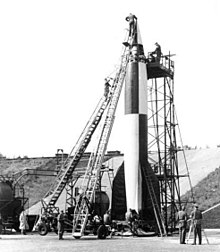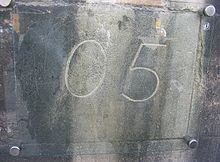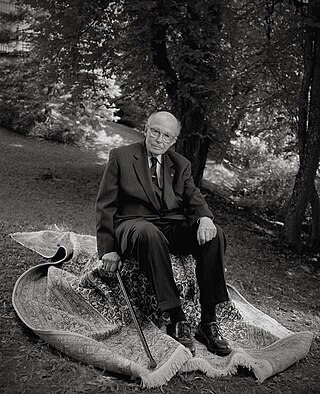
Otto von Habsburg was the last crown prince of Austria-Hungary from 1916 until the dissolution of the empire in November 1918. In 1922, he became the pretender to the former thrones, head of the House of Habsburg-Lorraine, and sovereign of the Order of the Golden Fleece upon the death of his father. He resigned as Sovereign of the Golden Fleece in 2000 and as head of the Imperial House in 2007.

Karl Renner was an Austrian politician and jurist of the Social Democratic Workers' Party of Austria. He is often referred to as the "Father of the Republic" because he led the first government of the Republic of German-Austria and the First Austrian Republic in 1919 and 1920, and was once again decisive in establishing the present Second Republic after the fall of Nazi Germany in 1945, becoming its first President after World War II.
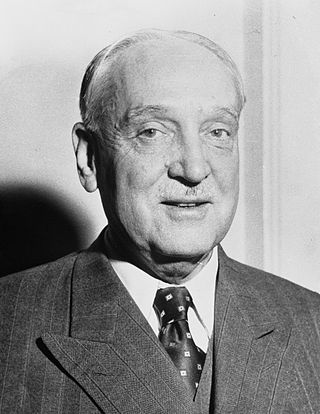
Adolf Schärf was an Austrian politician of the Socialist Party of Austria (SPÖ). He served as Vice-Chancellor from 1945 to 1957 and as President of Austria from 1957 until his death.

Reichenau an der Rax is a market town in the Austrian state of Lower Austria, situated at the foot of the Rax mountain range on the Schwarza river, a headstream of the Leitha.

Heinrich Maier was an Austrian Roman Catholic priest, pedagogue, philosopher and a member of the Austrian resistance, who was executed as the last victim of Hitler's regime in Vienna.

Austria was part of Nazi Germany from 13 March 1938 until 27 April 1945, when Allied-occupied Austria declared independence from Nazi Germany.
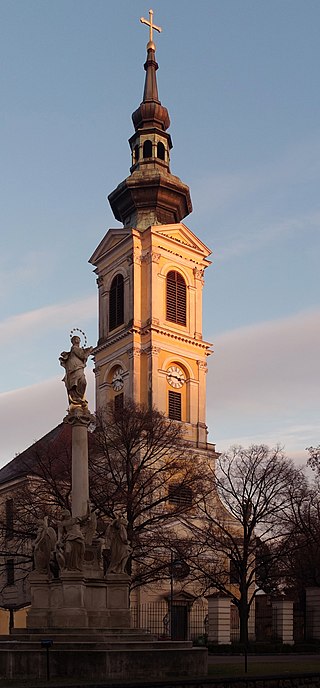
Großweikersdorf is a municipality in the district of Tulln in the Austrian state of Lower Austria.
Wilhelm Teuber-Weckersdorf was an Austro-Hungarian officer and a Scouting pioneer in Austria, popularly known within the Scouting movement as "Willy Teuber" or "Onkel Teuber".
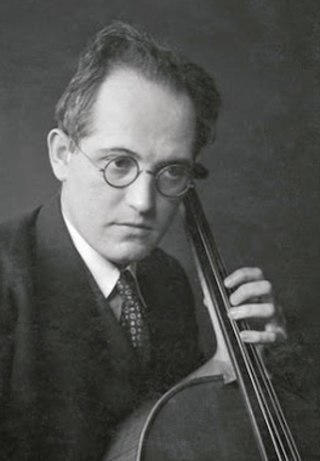
Karl Wolfgang Franz Count Motesiczky was an Austrian student of medicine and psychoanalysis and an active opponent of Nazism. After the German annexation of Austria, Motesiczky used his manor in Hinterbrühl to shelter Jews and other persecuted persons. He was arrested by the Gestapo on October 13, 1942 for helping Jews to flee to Switzerland. Following his deportation he perished in Auschwitz concentration camp. Posthumously, he was honoured as a Righteous Among the Nations.
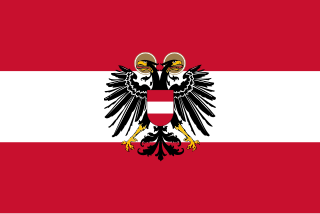
The Federal State of Austria was a continuation of the First Austrian Republic between 1934 and 1938 when it was a one-party state led by the conservative, nationalist, and corporatist Fatherland Front. The Ständestaat concept, derived from the notion of Stände, was advocated by leading regime politicians such as Engelbert Dollfuss and Kurt Schuschnigg. The result was an authoritarian government based on a mix of Italian Fascist and conservative Catholic influences.
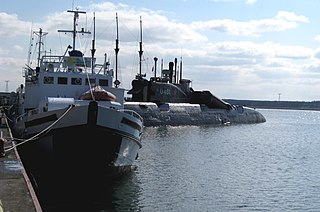
Peenemünde is a municipality on the Baltic Sea island of Usedom in the Vorpommern-Greifswald district in Mecklenburg-Vorpommern, Germany. It is part of the Amt of Usedom-Nord. The community is known for the Peenemünde Army Research Center, where the world's first functional large-scale liquid-propellant rocket, the V-2, was developed.

German nationalism is a political ideology and historical current in Austrian politics. It arose in the 19th century as a nationalist movement amongst the German-speaking population of the Austro-Hungarian Empire. It favours close ties with Germany, which it views as the nation-state for all ethnic Germans, and the possibility of the incorporation of Austria into a Greater Germany.

The Social Democratic Party of Austria is a social-democratic political party in Austria. Founded in 1889 as the Social Democratic Workers' Party of Austria and later known as the Socialist Party of Austria from 1945 until 1991, the party is the oldest extant political party in Austria. Along with the Austrian People's Party (ÖVP), it is one of the country's two traditional major parties. It is positioned on the centre-left on the political spectrum.
Friedrich Brauner was an Austrian fitter and resistance fighter against the German Nazi Reich. He was deported to the concentration camp Ravensbrück and then murdered at the Bernburg Euthanasia Centre.
Otto Hartmann was an Austrian stage and film actor. Following Austria's incorporation into Nazi Germany, Hartmann acted as an informer for the authorities (Gestapo). In punishment for this he was imprisoned after the Second World War had ended.
Karl Biedermann was the commander of the Austrian Heimwehr, Major of Wehrmacht and a member of German resistance to Nazism.
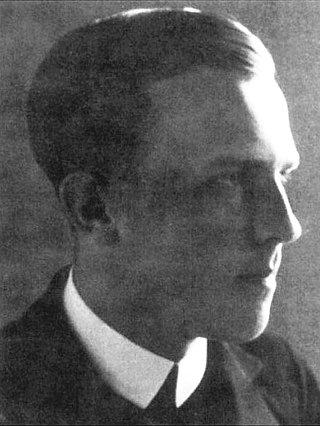
Roman Karl Scholz was an Austrian author and Augustinian canon regular at Klosterneuburg. He became a resistance activist after attending a Nuremberg Rally in 1936. He was arrested in 1941 and executed in 1944.
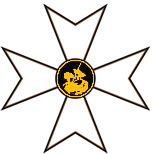
The Order of St. George – a European Order of the House of Habsburg-Lorraine, or simply Order of Saint George, is a dynastic order of chivalry and thus a house order of the House of Habsburg-Lorraine, the former Imperial and Royal House of the Holy Roman Empire, the Habsburg monarchy, the Empire of Austria, the Austro-Hungarian Monarchy, the Kingdom of Hungary, the Crown lands of Bohemia and Kingdom of Croatia-Slavonia and further nations.
Hermann Lichtenegger was an Austrian socialist trade unionist, KPÖ politician, and an Under-Secretary of State for Industry, Commerce, Trade, and Traffic in the post-war provisional Renner government. For his early work as a unionist and wartime KPÖ activities he was considered a Widerstandskämpfer, resistance fighter.
Hauptmann Karl Burian was an Austrian captain for Austria-Hungary during World War I, activist for the restoration of the Austro-Hungarian monarchy, and an important figure of the Austrian resistance against Nazi Germany. After Nazi Germany's anschluss of Austria in March 1938, Burian created a resistance group, the Legitimist Central Committee, which planned to blow up the Gestapo headquarters in Vienna, the Hotel Metropole. Later that year, he attempted to give German mobilization plans to a contact who was secretly a Gestapo spy. He was sentenced to five years in prison, and executed in Vienna in 1944.

